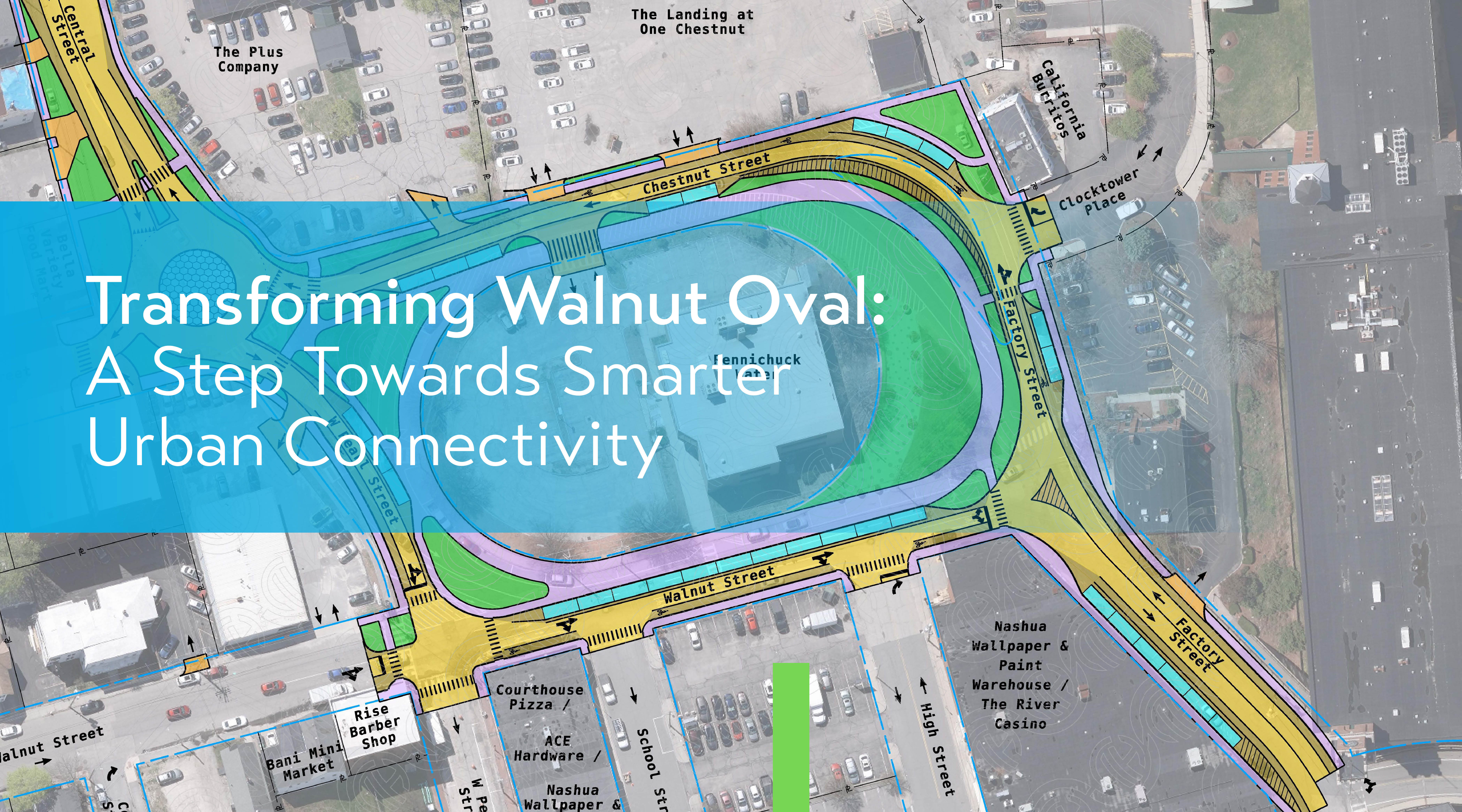Whether traveling for business or leisure, many of us have experienced firsthand the increase in the number of air travelers. Although fully booked flights are encouraging news for the industry, they also mean higher operating costs for the individual airports. To help defer these costs and become self-sustaining, many airport managers have begun to explore creative revenue generation opportunities.
A study conducted in 2017 by Airports Council International (ACI) estimated that the airports total cost per passenger is approximately $13.69. This value however exceeds the global average of $9.95 for aeronautical revenue received per passenger. While aeronautical revenue per passenger seems to be constant, the airport has the potential to increase revenue by finding creative ways to increase the non-aeronautical revenue associated with each passenger.
Revenue generated by an airport is typically divided into two streams. Aeronautical revenues include those funds generated to the operation and use of the airfield by aircraft or aviation-related businesses. Non-aeronautical revenues relate to those operations and uses that are incidental to the operation of aircraft. Traditional sources of non-aeronautical revenue include parking, rental cars, terminal lease, concessions, restaurants, and advertising. According to ACI, 39.9% of total global airport revenue is contributed from non-aeronautical revenue sources. Successful airport managers understand not only the aviation-related operations of their airport, but also the revenue potential associated with non-aviation operations and business. Some non-aeronautical revenue strategies that are applicable to both commercial service and general aviation airports include:

As technology advances, additional non-aeronautical revenue sources may also rise and airport administrators must be willing to embrace these opportunities to help defer ever-increasing operating costs and become self-sustaining.
This article was written by Patrick Sharrow, AAE.









